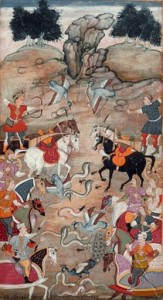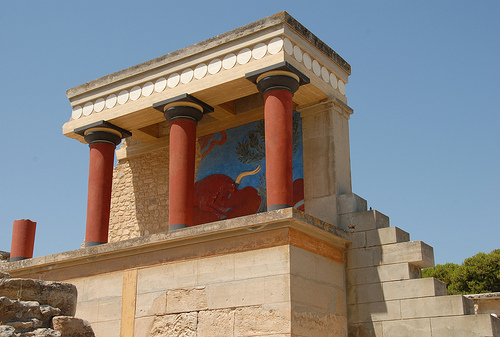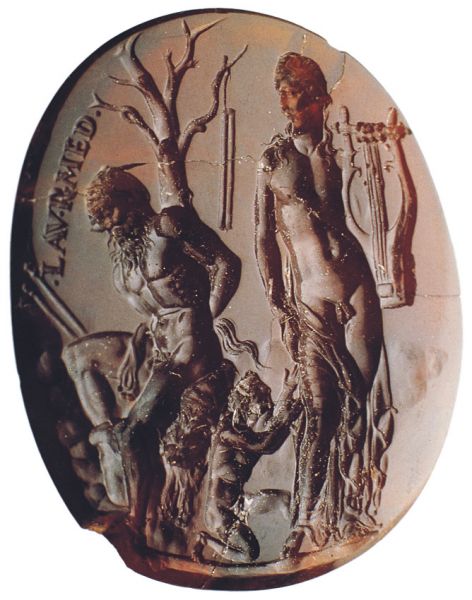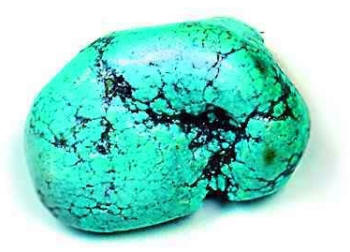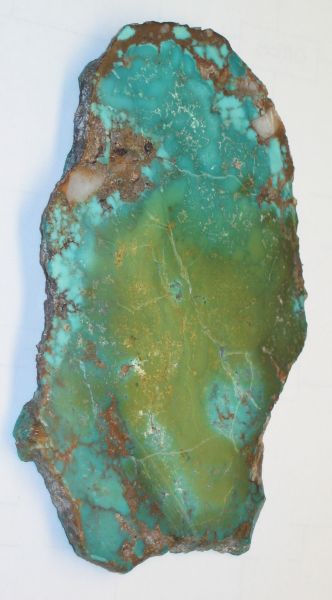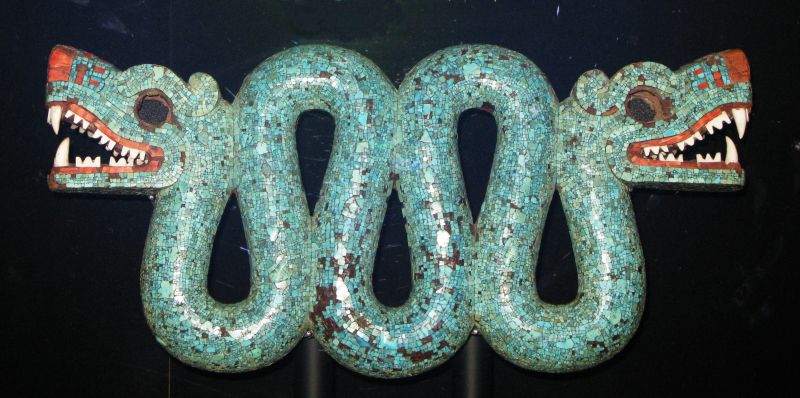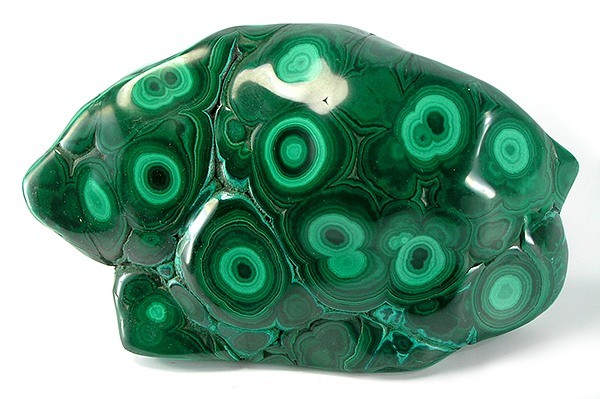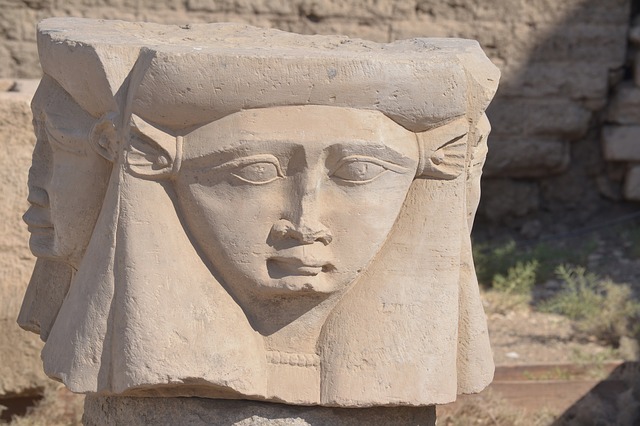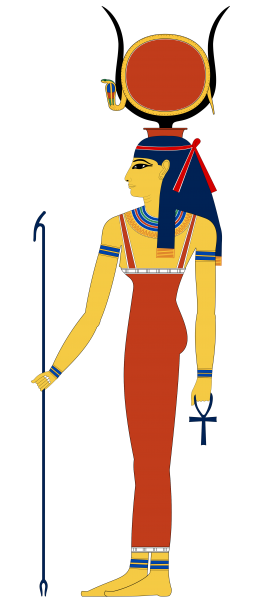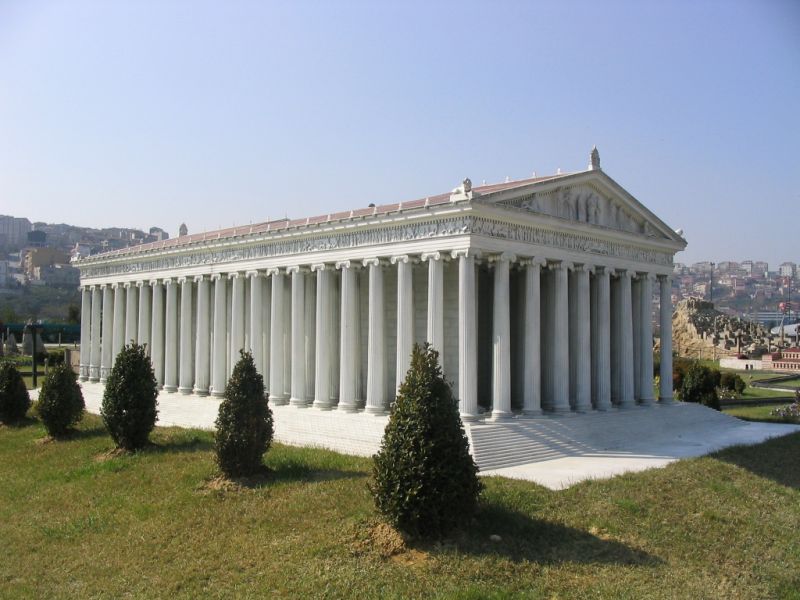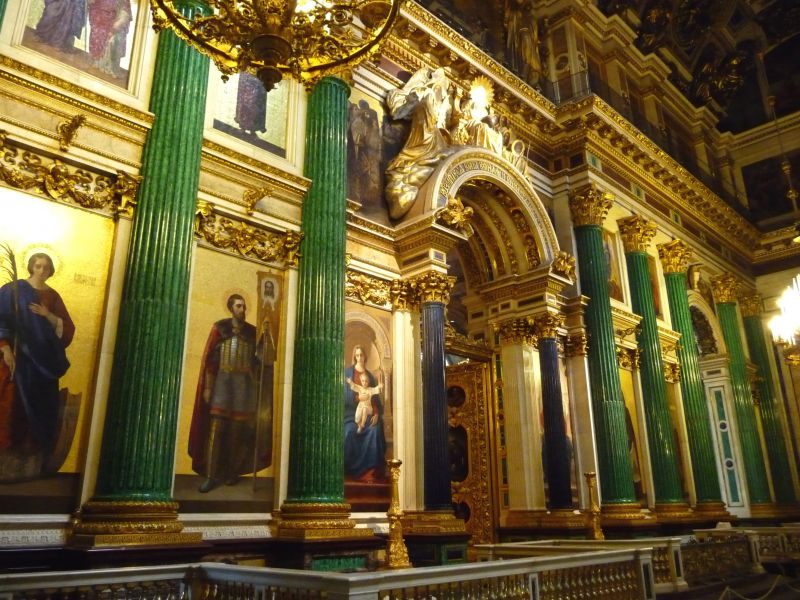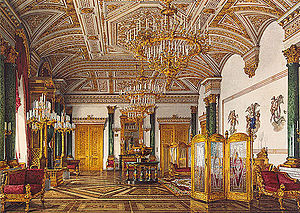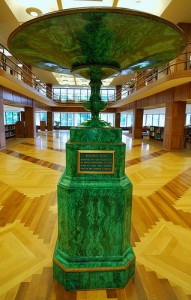Crystal History Series: Carnelian Insight
Carnelian is the stone that sends a ‘good luck’ message to the world! The Carnelian has been a talisman of luck throughout the ages. It was worn as a positive wish stone in a variety of eras. Most notably the royal environments of the 18th Century French and English regimes.
Carnelian is a stone that brings warmth and inspiration and has been worn for protection, empowerment. In some civilisations as a symbol of certain status.
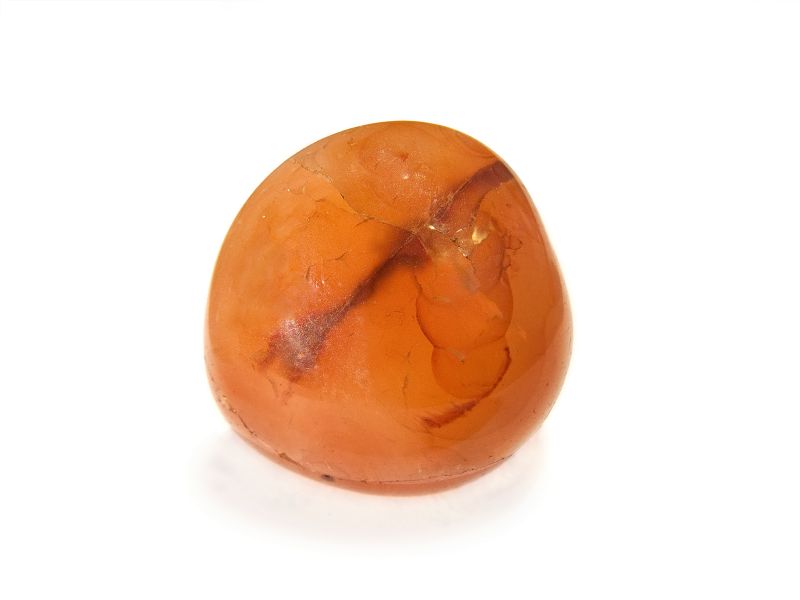
This is not an extensive history of the Carnelian crystal. Instead of a dip into the myths and facts that have fascinated our team. We thought we would share with you!
 Carnelian for Courage
Carnelian for Courage
Ancient warriors considered the carnelian to be the stone of courage and used it in battle—the Thirteenth Century book of mythical text, The Book of Wings. Raziel indicates that carnelian was used to halt blood flow and grant honour to the stone’s wearer. This belief extends into one of the present uses of carnelian. Consequently, that of being worn by a person who may be timid or quiet. So to give them the courage to make themselves noticed and heard.
Carnelian in Minoan Culture
In Knossos in Crete, artefacts that contained Carnelian were discovered that date back to 1800 BC. This area housed the hierarchy and political community of the Minoan civilisation in the structure of the palace of Knossos. A series of workrooms and home areas were unearthed close to a central square within which murals, pottery and seals were discovered containing carnelian stone engravings.

 Carnelian in Neolithic Culture
Carnelian in Neolithic Culture
In the Pakistan region of Mehrgarh there lies a hugely important Neolithic site. One that showcased the farming life of the time for archaeologists, dating back up to 6500 BC. There, it was discovered that the ancient drilling tool, the bow drill, was used to drill holes into carnelian. It was said to create friction to spark an ember for fire. A very apt use as it is said that the warmth of the carnelian stone was often used as a symbol of fire.
Carnelian in Roman Times
Carnelian was also predominately used in Roman times for engraving purposes for seals. The carnelian stone did not stick to hot wax and so the engravings were used for the emblem imprint on the seals which were then used to protect essential documents through travel.
Carnelian in Egyptian Culture
In Egypt, the carnelian is one of the oldest crystals to have been mined. It was said to have been worn as a symbol of architectural status by ancient Egyptian architects who could display their elevated rank as a builder. This symbol carries through to one of the carnelians’ present uses as a stone of professional support for builders, architects and construction workers to assist in the creation of structures.
 In ancient Egypt, the stone was described as ‘the setting sun’ and was also used in the Djed Pillar Amul, representing the god Osiris’s backbone. The amulets were placed on mummies in order to provide endurance through eternity with the carnelian purporting to symbolise the regeneration of life.
In ancient Egypt, the stone was described as ‘the setting sun’ and was also used in the Djed Pillar Amul, representing the god Osiris’s backbone. The amulets were placed on mummies in order to provide endurance through eternity with the carnelian purporting to symbolise the regeneration of life.
Carnelian in Eastern Culture
The stone signifies luck and loyalty in eastern countries to this day. The Prophet Mohammed was said to wear the carnelian stone in a ring to protect from evil and jealousy. It became a worn symbol of protection for many in the Eastern world and was typically carved with prayers asking for luck and to keep envy and jealousy away from the wearer.
Today the carnelian stone is a stone of courage and leadership, it brings love and warmth through its fiery red hues whilst providing motivation and stability thereby creating an assured direction of ones path in life.
You can watch our Free Videos on Crystals HERE
Learn to become a Crystal Therapist HERE
Find out the benefits of a Crystal Healing Session HERE
See our wonderful selection of Healing Crystals HERE
Read More
Crystal History Series: Turquoise Insight
When you see or hear the word turquoise, thoughts can automatically turn to the vibrant blue hue of the aqua shaded colour that the name emits. Then we think of the crystal that supports that colour. A crystal that has been a significant gem stone throughout history where it has been a feature in many civilizations in a variety of ways. It is thought that the name was derived, in the 13th Century. Its from the French word pierre tourques which means Turkish stone as it was thought to have travelled from Turkish mines in the historical Khorasan Province of Persia
View Gemzworld Collection of Turquoise

The stone is thought to have been used as a protection against evil for centuries. Also a talisman of good fortune and health with findings showing that the Chinese used it for intricate carvings and the ancient Egyptians as adornments of jewellery.
This is not an extensive history of the Turquoise crystal. Rather a dip into the myths and facts that have fascinated the team at International Crystals. Something which we thought we would share with you!
Turquoise in China and Tibet
Let’s firstly take a look at China, where the turquoise mineral was revered nearly as much as the Chinese revered Jade at the time. Little turquoise was actually mined in China, it was produced through trade, as far back as the thirteenth century. Mainly with the Mongols, Tibetans, Turks and Persians.
 Excavations in the huge Bronze Age site of Erlitou in the Henan Province of China uncovered remnants of what is thought to be the Xia or Shang Dynasty. It was thought to have been occupied at around 3500 to 1250 BC. Amongst the eight identified palaces in Erlitou, artefacts that were linked to graves were discovered that were made of turquoise, bronze and jade. A significant find was the oldest known dragon totem that incorporated over 2000 pieces of turquoise. This is said to date back over 3700 years. It is said that around 80% of turquoise mined worldwide is now sourced from China and Tibet.
Excavations in the huge Bronze Age site of Erlitou in the Henan Province of China uncovered remnants of what is thought to be the Xia or Shang Dynasty. It was thought to have been occupied at around 3500 to 1250 BC. Amongst the eight identified palaces in Erlitou, artefacts that were linked to graves were discovered that were made of turquoise, bronze and jade. A significant find was the oldest known dragon totem that incorporated over 2000 pieces of turquoise. This is said to date back over 3700 years. It is said that around 80% of turquoise mined worldwide is now sourced from China and Tibet.
Healing Properties
In Tibet, legend is that turquoise was valued highly for its healing properties. Furthermore it was believed that most Tibetans carried a piece to ward off ill health and as a means of protection from evil. It was also thought to have been traded as currency in Tibetan culture. The stone is the national gem of Tibet and Tibetan turquoise has a definitive blue, green hue that often contains a spider web matrix. The main mining areas are associated with the high mountains at the North of Bhutan.
Turquoise in Ancient Egypt
As well as green malachite, the Goddess Hathor was also associated with the blue, green hues of Turquoise. Because the colour green in Egyptian mythology was said to signify flourishing health. The blue quality of turquoise signified protection, fertility and luck.
Egyptians favoured turquoise for jewellery and ornamentation. The oldest excavated piece is said to be the turquoise and gold bracelet discovered on the wrist of Queen Zer which dates back to about 5500 BC. The crystal was also a popular adornment for the tombs of Royalty and the famous Pharaoh, Tutankhamen. He had the gem embedded in his tomb and his burial mask.
Turquoise and the Aztecs
In ancient Mesoamerica, turquoise was highly valued for its rarity, beauty and healing properties. It was said to have been brought to the Aztecs from what is now America. Also it was said that the Aztecs thought this stone would protect them and give them strength in battle. It is believed that, before battle, they formed arrow heads from turquoise for greater accuracy. They also bored holes in their teeth and adorned the holes with turquoise.

The health protection properties of turquoise made it a popular offering to the Aztec Gods and also as Gifts for other tribes and civilisations. One of these gifts is thought to have been from the Aztec emperor, Moctezuma II, to Spanish conquistador Hernán Cortés on invasion in 1519. It is a double headed serpent sculpture of which the body is carved in wood and inlaid with turquoise, conch shells and crab shells. It is was thought to have been used in Aztec religious ceremonies and is currently on display in the British museum.
Turquoise in Persia
 Persians revered the turquoise gem stone and the location was thought to have the oldest natural turquoise mines. It was also said that the best quality mined stone came from this area which was typically a ‘robin egg’ blue with a lack of the usual spider web matrix within. Also it was extensively used in objects and ornamentation as well as used to adorn religious and important buildings within the land. It was often etched in words of Arabic and inlaid in gold.
Persians revered the turquoise gem stone and the location was thought to have the oldest natural turquoise mines. It was also said that the best quality mined stone came from this area which was typically a ‘robin egg’ blue with a lack of the usual spider web matrix within. Also it was extensively used in objects and ornamentation as well as used to adorn religious and important buildings within the land. It was often etched in words of Arabic and inlaid in gold.
As the national stone for Millennia, the gem was worn around the wrist or neck to protect the wearer against the circumstance of unnatural death. Doom was said to be imminent for the wearer if a change of colour was apparent in the stone, however if the moon cast a reflection on the crystal then it was said to bring luck!
Read More
Crystal History Series: Malachite Insight
Malachite is both a stunning and rare crystal that has increased its rarity due to its popularity way back through time.
This copper carbonate hydroxide mineral has a spectacular visual appeal comprised of deep vibrant green and black bands that have enchanted civilisations throughout history. The malachite stone was thought to increase wealth, protect the traveller and fortell impending disaster.

This is not an extensive history of the malachite crystal, rather a dip into the myths and facts that have fascinated the team at International Crystals which we thought we would share with you!
Malachite and Hathor
Winding back to the myths and legends of the Gods and Goddesses of Ancient Egypt and a name that stands out is that of Hathor, the Lady of Malachite who was also referred to as The Great One of Many Names.
Why?
Because she had many names of course!
The Goddess was strongly linked with the Milky Way which was said to represent the milk from the heavenly cow’s udders falling down to earth and, thus, she appears in pictoral and visual sculpture in the form of a Goddess figure pictured with the head of a cow.
As the Mistress of Heaven and the Celestial Nurse she was also said to have nursed Pharaoh and was strongly linked to women as the Goddess of fertility.

That’s not all though! Here’s the link to the stunning beauty of Malachite!
 Hathor was also known as the Goddess of Beauty and linked to the wonderful cosmetics of Ancient Egypt. This included the impactful kohl eyeshadow that was worn at the time of which one type was formed from ground Malachite.
Hathor was also known as the Goddess of Beauty and linked to the wonderful cosmetics of Ancient Egypt. This included the impactful kohl eyeshadow that was worn at the time of which one type was formed from ground Malachite.
Malachite was said to be the source of one of the first industries of the Sinai area of Egypt which is now known as the Suez Canal. As far back as 4000 BC the malachite crystal was popular with the Egyptians for its therapeutic properties as it was believed that the startling green stone was a protector against the plagues of the time.
Cholera was endemic and the slaves who mined the mineral appeared to be unaffected by the disease so it was common for malachite to be worn around the arms and head in order to ward off the disease.
The mines were said to be under the spiritual realm of Hathor who was called the Lady of Malachite as the stone was also said to bring joy and happiness. In fact, inscriptions of worship to Hathor at the ruins of the old mines can still be seen today.
Malachite in Ancient Greece
In ancient Greece the stunning malachite was used by children’s cradles and beds as it was thought it would protect against evil spirits. Amulets of malachite were also fashioned for children for this reason.
At the time, the sun was known as the protector of all things evil from ‘the dark side’ so to ward off these dark forces an image of the sun was engraved into malachite and worn or carried as protection.
The stone was also used by adults for jewellery and ground into powder for cosmetic eyeshadow, however one of the most famous uses of malachite in ancient Greece was as decorative ornamentation in the famed Temple of Artemis.

One of the Seven Wonders of the Ancient World, the Temple of Diana or Artemis was said to have been built around 560 BC. Constructed in Ephesus (now in present day Turkey), the Temple was to honour the Goddess Diana or Artemis who was also the twin sister of Apollo. Diana was known as the Goddess of Hunting and the Moon Goddess.
The famous first century philosopher and Roman historian, Pliny the Elder described the Temple of Diana as being extensively decorated with malachite. When built, the structure was four times as large as the Parthenon of Athens.
Malachite and Russian Royalty
Large deposits of malachite were mined in the Ural Mountains of Russia and was a favourite of the Tsars of Russia who used it extravagantly to decorate their properties.
When we refer to large deposits of malachite, these were normally mined at around 20 tonnes a time with the largest deposit weighing an almighty 260 tonnes. The extensive use for decoration saw that the mines were near depleted in the 1800s.

The malachite was put to good use though! The Grand Kremlin Palace in Moscow housed gigantic malachite veneered pilasters in the Royal Tsar’s private dwelling named Catherine Hall. The stone was also used in the Corinthian columns that supported the icon wall within the realms of St Isaac’s Cathedral in St Petersburg.

Still in St Petersburg, the famed Hermitage Museum contains a room dedicated to the beauty of Malachite, aptly called ‘The Malachite Room! The Hermitage museum was once the Winter Palace of the Russian Royal Family and the Malachite Room was the drawing room of the wife of Nicholas I; the Empress Alexandra Fyodorovna. It was totally made of Malachite and contains spectacular decorative vases that showcase the beauty of the malachite stone.
 The Malachite Tazza
The Malachite Tazza
One of the largest pieces of malachite in the US is in the form of a Tazza that was given to the German born philanthropist August Heckscher by Tsar Nicholas II in 1910. It was donated to the Linda Hall library in 1972 and is a focal centre piece of the main reading room to this day.
Read More
 Carnelian for Courage
Carnelian for Courage Carnelian in Neolithic Culture
Carnelian in Neolithic Culture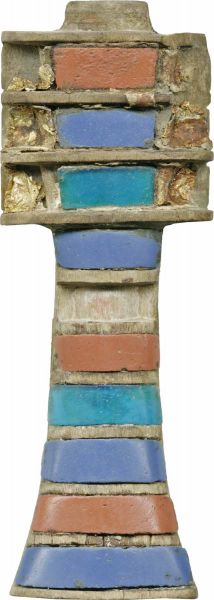 In ancient Egypt, the stone was described as ‘the setting sun’ and was also used in the Djed Pillar Amul, representing the god Osiris’s backbone. The amulets were placed on mummies in order to provide endurance through eternity with the carnelian purporting to symbolise the regeneration of life.
In ancient Egypt, the stone was described as ‘the setting sun’ and was also used in the Djed Pillar Amul, representing the god Osiris’s backbone. The amulets were placed on mummies in order to provide endurance through eternity with the carnelian purporting to symbolise the regeneration of life.










 0 items in cart
0 items in cart 
